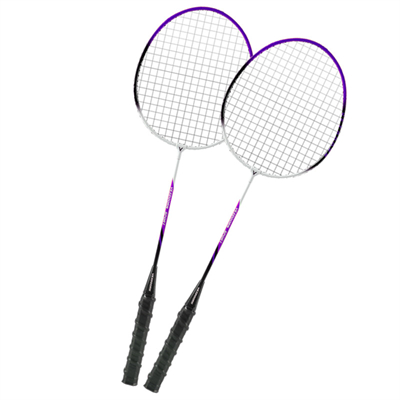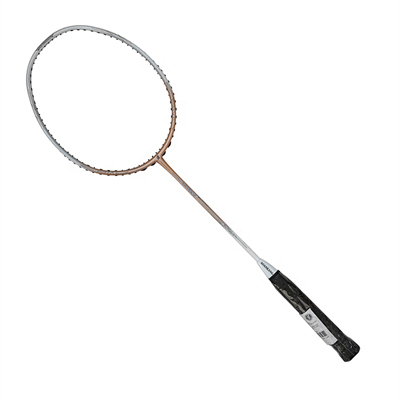What is the cross section and joint of the badminton racket?
The racket joint refers to the joint between the racket frame and the racket shaft. There are T-shaped and Y-shaped from the appearance, and there are built-in and external from the process.
The all-carbon badminton rackets used are all integrated in appearance, and the joints are not visible. But in fact, most of them use built-in joints, and only a few racquets use jointless technology. The disadvantage of the jointless is that the torque of the beat is poor. The racket frame and the racket shaft are made separately and then connected by a joint, which is conducive to better control of the racket’s quality, weight and balance point. The external joint is good in terms of strength and torque.
The cross section of the racket frame has the following three basic forms: semicircular cross section, multi-faceted cross section and parallel cross section.
The connector has T-shape and Y-shape from the appearance, and there are built-in and external from the technological point of view. Mainly used for full carbon badminton racket and aluminum framed carbon rod integrated badminton racket.
The cross-section of the box-shaped badminton racket frame can better control the ball. With the development of material technology, badminton rackets with thinner box-shaped cross-sections are used on top of more high-end rackets. The goal is to strive for faster hitting speed and better return control performance.






















